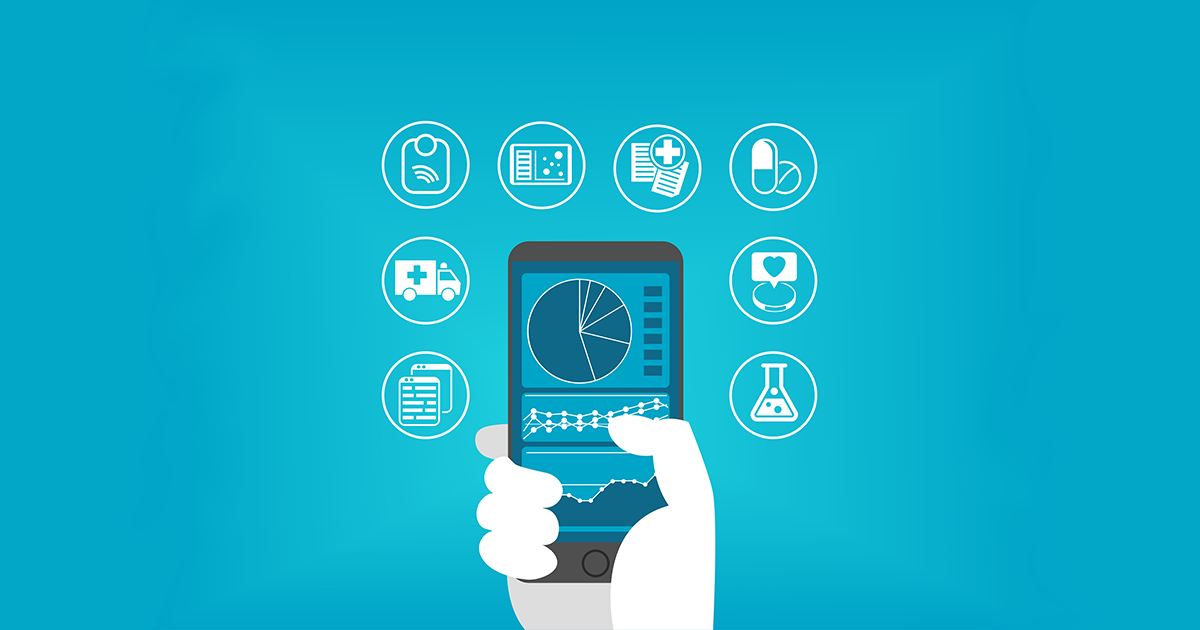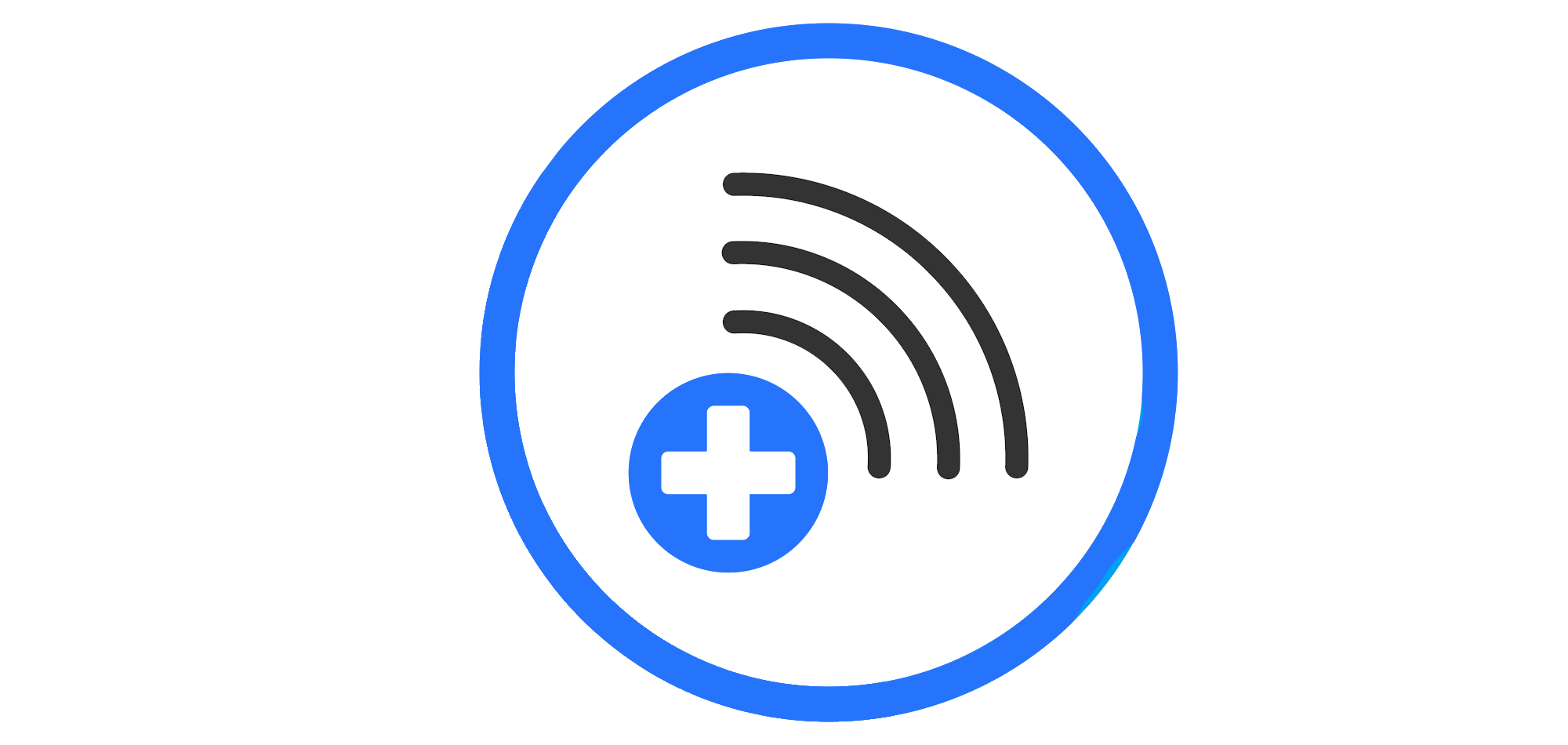Hover boards, drones, smart watches, holograms... as we approach the 2020's life around us is looking more and more like the set of an 80s future-based sci-fi flick starring Michael J Fox. The infiltration of IoT devices has been swift and cunning thanks to a desensitization to technological advancements. We're not surprised anymore, we're expectant. The demand to stay ahead of the tech boom has been felt in nearly every industry, none arguably more so than in the healthcare field, where the need for reliable and secure wifi performance is paramount. It is estimated that 80% of health care centers have now adopted wireless internet to support the growing demand for WiFi devices, cloud-based storage apps and software and WiFi enabled communications.
Ensuring optimal WiFi performance in a health care setting is a demanding job that requires careful network design, up-to-date software and industry leading hardware with management services to keep things moving. The complicated network of devices and users that need to be supported and the volume of important, sensitive information that needs to be hosted on the network make performance crucial. Here are a few of the ways wireless internet technology has changed the healthcare industry and how to optimize WiFi performance to meet the demands of a growing wireless network.
Medical Apps and Devices
While pagers have long been the standard issue technology device for doctors, far out living their use in average society, recent tech is finally starting to rival the practicality and convenience of this simple communication device. A number of communication and medical reference apps are being used daily in hospitals, clinics and medical offices across the world. Apps like Epocrate and UpToDate help nurses and physicians accurately prescribe medications for their patients and stay astride of developing research and medication interactions. Tools like Neuro ToolKit help neurologists rate the severity of stroke symptoms and inform their procedures. WiFi enabled devices are used daily to transmit data from pacemakers and defibrillators and can be used by professionals and patients alike. For all of these applications and devices to function properly requires a secure and reliable wireless infrastructure designed to support a complex network of devices ranging from the personal phones, tablets and wearables of staff and patients, to the computer network and WiFi devices being operated by the staff. The seamless connectivity of these devices, also called wireless mobility, is what allows users on the network to maintain reliable and fast WiFi connection as they move about your wireless area network.
Software and Patient On boarding
Another unique advancement in WiFi technology that has impacted the healthcare industry is the introduction of software and cloud storage to the on boarding of new patients. Healthcare software like EPIC makes physical charts obsolete, which means less risk of misplacing valuable information and easier data storage management. It also makes it possible for patients to access their medical charts online and get lab and test results quicker and more efficiently.
WiFi based healthcare software can help facilitate patient check-in, appointment scheduling, communication with doctors, and monitoring of medical charts. While it’s a practical convenience for patients to be able to view doctor’s schedules, send quick messages and cancel or change appointments online, it’s also a major help for healthcare staff who can then focus on other tasks and improve patient experience in the office.In fact, recent studies have shown that inaccessibility to WiFi in medical offices costs patients and professionals an average 45 minutes a day, nearly $1 million a year.
In order to access and update patient charts, medical professionals rely on safe, secure and reliable WiFi performance. A slow network can be frustrating for both patients and staff and can lead to longer wait times in cases where time may be of the essence.
Personal Health Tracking
An exciting and unanticipated outcome of WiFi advancement in healthcare is the introduction of new IoT devices like wearables and personal health tracking apps which have made mini health professionals of us all. Smart watches, Fitbits and even smart clothes allow users to get real-time data about their physical health and transmit it to a number of devices and software systems. Nike, Under Armour and Apple are just a few of the companies leading the way in health monitoring and tracking apps that have revolutionized the way we approach personal health management . Nutritionists and physicians can work with patients to design healthy dieting and exercising routines and monitor and manage the results on the various WiFi devices. This insight is valuable to the patients and the doctors who can see real metrics and data rather than relying on the honor system. Users are more informed than ever, and features like heart rate monitors can even help detect hidden health issues and save lives.
Users can integrate their devices with some healthcare software platforms and share results with physicians or trainers and access their medical history to see changes over time. Securing this data and delivering it effectively is a must and can be ensured with the right network design.
How to Plan
One way to improve WiFi performance for these devices and apps is by segmenting traffic and prioritizing your network users. In a healthcare setting, there are several layers of priority that need to be established. Foremost, there is the network of computers and devices supporting the medical system software. Without segmenting the traffic, these devices would receive the same amount of bandwidth as Patient Zero playing angry birds in the lobby on their tablet. Not only does this affect your WiFi performance, but it makes securing your network difficult. When segmenting the lines of traffic, you can create protocols and enforce firewalls to make sure you are protecting the sensitive information of your staff and patients and getting the fastest and most reliable usage for those devices.
Another important factor that may affect the WiFi performance for devices and applications is the hardware that is installed. A proper network design ensures that the hardware is deployed in the right places, configured properly, and is routinely updated and managed. This is a tall order for the in-house IT team as the necessity for reliable WiFi performance is arguably higher in a healthcare environment than that of others. Designing an industry-specific wireless infrastructure can greatly improve WiFi performance and utilizing tools like SecurEdge Cloud Manager can give your IT team visibility into the performance of the WiFi network and troubleshoot problems as they occur, meaning less down time for the network when / if it happens, a matter that can be crucial in a healthcare environment.
The demand for a WiFi in the healthcare industry is growing. With the right network design and management tools, you can ensure optimal WiFI performance and security to meet your network's demands. Because of the complex nature of a typical healthcare wireless environment, it is important to partner with an experienced wireless network design strategist. At SecurEdge, you'll find just that. Our team of expert engineers have designed, deployed and supported wireless infrastructures for several hospitals and medical offices and have the means to deliver an industry-tailored enterprise-grade WiFi solution to support your growing network demands. Want to hear more about healthcare industry WiFi?





